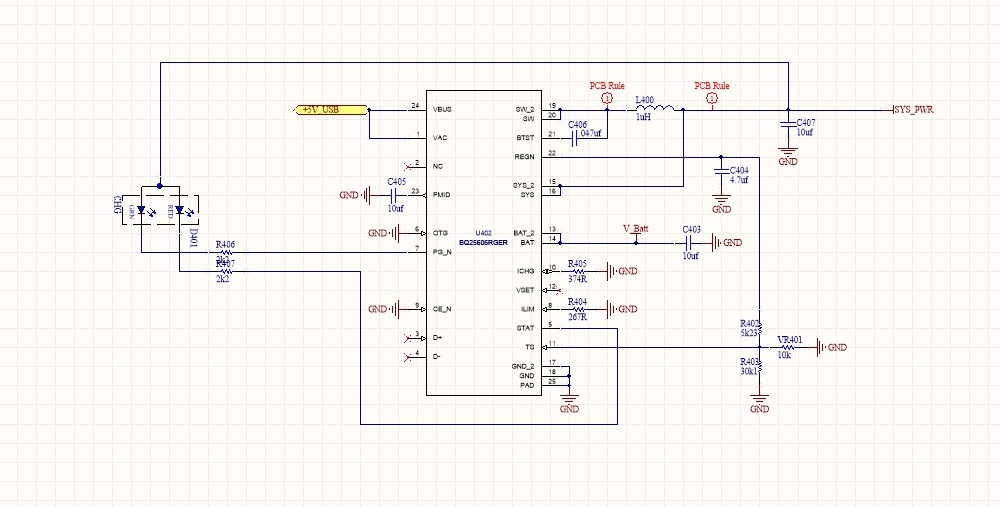Hi Team,
I have a customer who is using the bq25606 in a project and is having issues with some fault testing:
In my project I used the BQ25606 to charge a Li-Ion battery with protection circuit. For the first fault tests (Single Fault Condition), I short-circuit the capacitor to PMID (then the battery is plugged in). This is ok, because nothing gets too hot here. However, if I then remove the short circuit (de-energized), the IC becomes about 200 ° C hot (about 1.2 amps at 3.7 volts battery voltage). This battery power is unfortunately in the range of my operating current, so that I can not recognize / interrupt this current flow.
The error in this form is a fail for my first error tests. Can you tell me why that is? What is the issue with the BQ25606? Are there any recommendations to prevent this?
Regards,
Mihir


